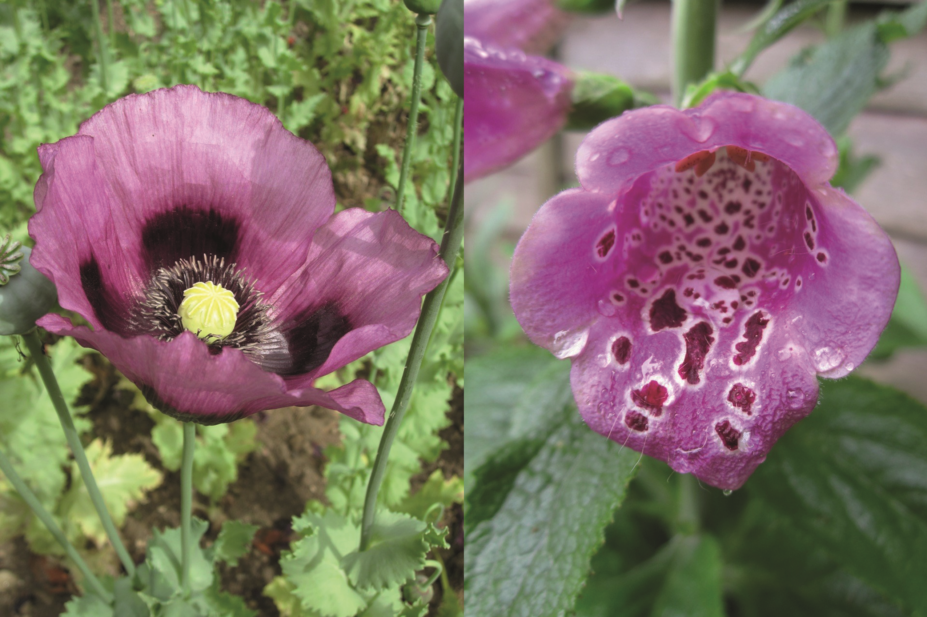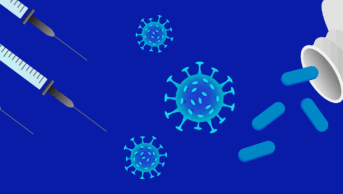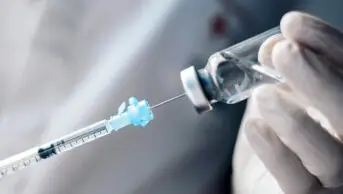
Professor Peter Ayres
What do the Boy Scouts, the Women’s Institute and market gardeners in the Vale of Evesham have in common? They were all central to the British war effort, by collecting and processing medicinal plants. Professor Peter Ayres’ talk for the British Society for the History of Pharmacy, on 15 May 2017, gave a fascinating insight into the lengths to which the British government, scientists and manufacturers – but also the general public – went to ensure supplies of essential medicines during both the First and Second World Wars.
Germany’s pharmaceutical dominance, including over the sources and trade in medicinal plants, meant that both world wars caused severe disruption to the supply of medicines and medicinal raw materials into Britain. Charles Dodgson (more commonly known as Lewis Carroll) wrote in 1873: “Now-a-days, all that is good comes from the German”, and Ayres used the examples of British opium poppies and thymol production from ajowan seeds to demonstrate that, without German imports, Britain had to re-think its pharmaceutical operations. But with a declining industry in materia medica farming and little home-grown expertise in the large-scale production of plant-based medicines, the operations became as dependent on public involvement as on political and scientific leadership.
With medicinal supplies cut off, what should be the priorities? Which medicines are essential? During the First World War, the Government drew up a list of key plants to grow, forage, dry and process to produce medicines for the British public, including belladonna for atropine; henbane and stramonium for hyoscyamine; foxglove for digitoxin; autumn crocus for colchicine; and valerian for valerium.
Ayres shared anecdotes of market gardeners who increased their production levels, and went from near-bankruptcy to an annual turnover of £330,000 in response to the need for these medicinal herbs. Maud Grieve established a herb farm and school at her home in Chalfont St Peter and employed Belgian refugees to grow, harvest and dry plants. And an Edinburgh Scoutmaster took his troupe on a trip to collect sphagnum moss, which was used in dressings.
During the Second World War, with Germany still a dominant pharmaceutical power, Britain needed to retackle the same issues. The government agreed on the same list of prioritised medicinal plants and tried to introduce a better level of organisation into growth, collection and processing.
The Vegetable Drugs Committee, established in 1941, was advised by the Medical Research Council’s Therapeutic Requirements Committee. More than 70 County Medicinal Herb Committees, which drew primarily on the Women’s Institute and the Scottish Women’s Rural Institutes, were set up under its leadership. This framework not only meant that small collections of particular plant materials could be amassed in central locations to allow wholesale levels of production, but also that the women (and men) involved in collection could receive lectures and training from the pharmaceutical industry and schools of pharmacy to improve their knowledge of what they were collecting and why.
Involvement of pharmaceutical scientists, such as Professor JH Burn at the School of Pharmacy, London, (now University College London) to improve chemical assays for the alkaloids obtained from the plants, meant that the methods of growing, collecting and manufacture could be developed to maximise the medicinal yield of the plants.
The only recognition the public volunteers received were certificates of merit, but, of course, the sense of camaraderie and contribution to the war effort must have provided a sense of achievement.
Ayres’ historical lecture, given to a full house, was informative, entertaining and thought-provoking. But it also presented food for thought in today’s pharmacy.
Firstly, it was a reminder of how dependent we are on global markets, international co-operation and multinational businesses for medicines to get from manufacturer to patient. We, perhaps, take the supply chain for granted.
Secondly, if we were faced with a crisis or shortage, how would we narrow down the multitude of medicines available today, and what would we prioritise as the essential supplies? Have we moved away from a world where an enforced reliance on only a handful of drugs would even be thinkable?
Thirdly, the talk emphasised the centrality of plants as sources of medicines, and that a back-to-basics approach to their use could be coupled with current scientific techniques to produce successful results. This is, of course, a more accepted model today than it has been in recent decades.
Finally, Ayres’ reflections on wartime medicinal shortages made me appreciate the ease with which we can access treatment today. In spite of perpetual challenges to NHS budgets and spending on particular drugs for particular conditions, we’re able to access community pharmacies in our neighbourhoods, and we are very lucky – compared with both our ancestors in this country, and people suffering comparable shortages in war-torn countries around the world today.


